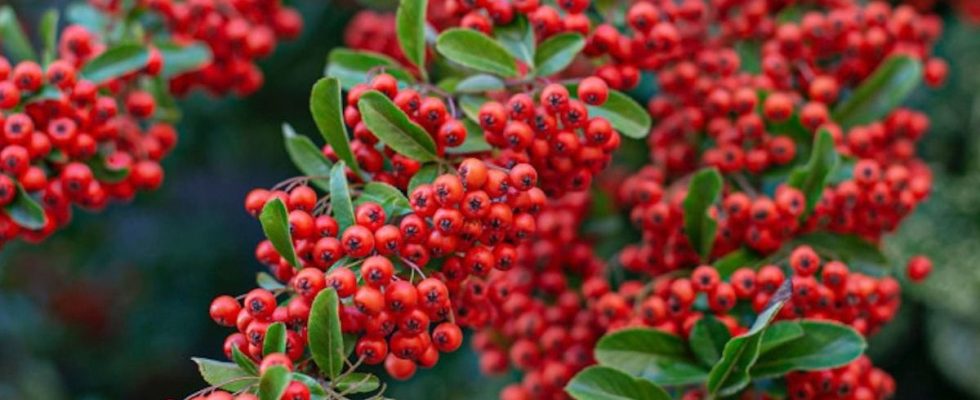Published on
Updated
Reading 2 min.
It’s time to go back to school, bringing with it a lot of little rituals like pouring yourself a cup of coffee to start the day off on the right foot. Except that this meeting is also that of good resolutions, such as stopping kawa to prefer another natural stimulant that is less costly for the planet. At the start of the school year, we start eating yaupon… because it boosts our good mood!
It looks like holly, in the spirit of the one we hang above our heads to celebrate New Year’s Eve and wish each other a Happy New Year. Yaupon is in fact a variety of holly that grows naturally from Maryland to Florida.
The Cherokee Indians used it during purification rituals
In American culture, this plant, which is completely unknown to the European battalion, is nothing new since the Cherokee Indians already used it as an infusion during purification rituals. We pick both its leaves and its stems to prepare a hot drink and stock up on antioxidants. Above all, this alternative allows you to consume caffeine, but also theobromine, a stimulant that we know well since it is present in dark chocolate. It is also indicated as a vector of well-being.
In the United States, this American holly is available in dried mixtures added to matcha or lemon basil. Green in color, the dried leaves turn brown or even black when roasted. Its particularity is to have no bitterness, which should please consumers who are not fans of kawa and are looking for another caffeinated source. In Europe, its marketing is not yet developed. You have to go online to discover its taste.
A new alternative to tea and coffee
Yaupon is a cousin of another now well-known stimulant: mate. Packed with antioxidants, zinc and selenium, the latter is a traditional South American drink borrowed from Native American culture which has conquered the whole world as a substitute for tea or coffee. At a time when consumers are looking for other solutions to further preserve their health without depriving themselves of the caffeine necessary to perform well at work, the market for alternatives to the two stimulating drinks is announced as a new fundamental food trend, which can weigh nearly 20 billion dollars by 2032.
According to an economic report from Fact MR, it is a market which should be fueled by annual growth estimated at 4.2%. Europeans represent the most interested consumers since the old continent holds the largest share of this market (27.1%). To fuel this, new foods are being brought to the forefront by brands, thus helping to shape new consumption patterns. It is therefore anything but a coincidence that the American distributor Whole Foods has designated yaupon as one of the food trends of 2023…
NO to diets, YES to WW!
Useful for reducing the carbon impact of coffee?
With this North American plant, you can also reduce the impact of your coffee break on the planet. According to one University of Michigan study of 2017, the carbon footprint of our little kawa would vary between 50 and 250g CO2 equivalent, depending on the type of coffee and the preparation. The use of fertilizers or chemical inputs to treat coffee trees but also the transport necessary to transport it from tropical production areas to consumers seriously increases the energy bill. This convinced you to find other sources of caffeine…
